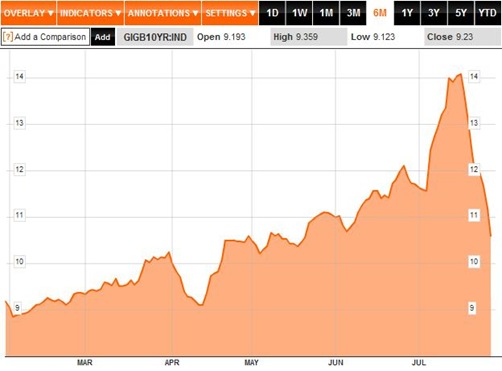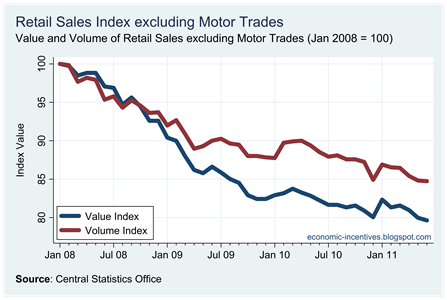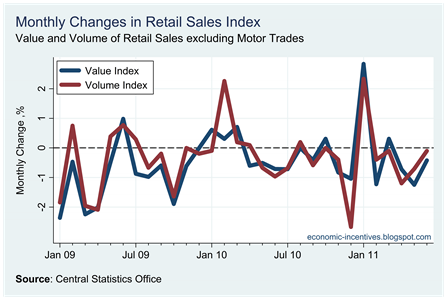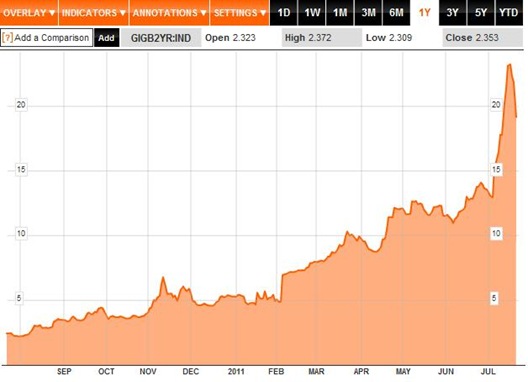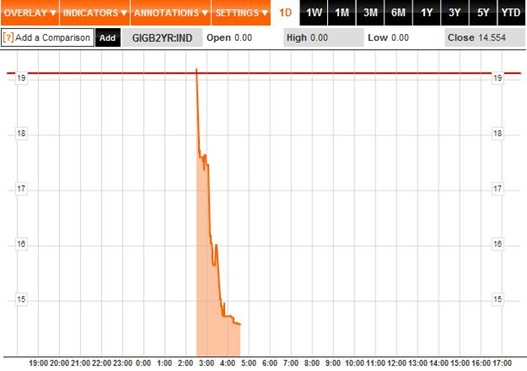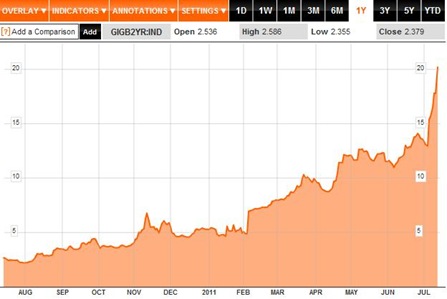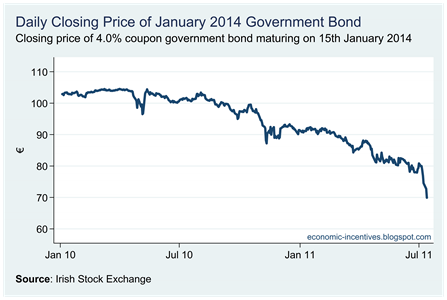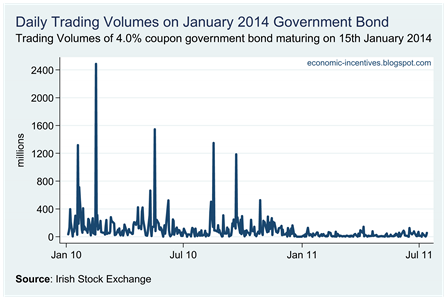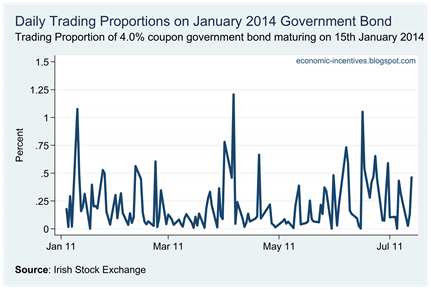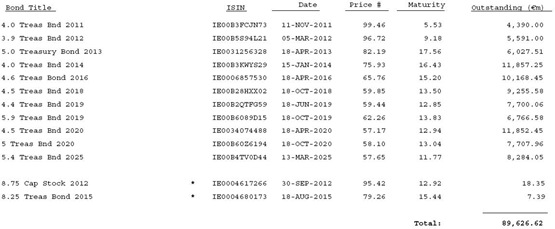Yesterday’s preliminary Census 2011 results have suggested that the population is 100,000 larger than previously estimated. We now have an extra céad míle daoine to be giving out the céad míle fáilte.
At first glance this would just appear to be more of a demographic than economic issue, and not one that is related to the banking, public debt and unemployment crises we face. However, the impact of this new population figure from the Census will not have been accounted for in the other statistics from the CSO which mainly come from surveys.
A survey like the QNHS which covers 20,000 might be very good at providing the breakdown and composition of the population in proportions but it struggles when estimating the overall size. This is why the Census is undertaken rather than rely on a survey.
As a rough division we can break the population into three groups
- 0 – 14 years
- 15 – 64 years
- 65 and over
Additions to the 0 to 14 group are likely to be mainly the result of births (though migration will also play a role). Counting the number of births should not be a problem. Without wanting to be morbid, exit from the 65 and over group will largely be via deaths which is again easily measurable and additions will generally come from natural aging rather than migration. It would appear that the most difficult group to track, and the one where most of the extra 100,000 are likely to be found is in the 15 to 64 age group.
We don’t know anything about these 100,000 but we can draw some inferences based on the survey findings of the QNHS. For simplicity we will assume that all of these 100,000 are in the 15 to 64 age group though this will clearly not be the case. We will also assume that the characteristics of this group match the characteristics of the population as a whole, though again this may not be exactly the case.
The employment rate rate among those aged 15 to 64 is 58.9% so there could be around 60,000 more in employment than previously estimated. This would be an increase of 3.3% on the current employment estimate of 1.8 million.
There are 456,000 people on the live register. Of these 86,000 are casual or part-time workers so there are 370,000 people on the live register with no employment. The CSO’s official measure of unemployment is 295,000, and when asked to self-assess there are 352,000 who classify themselves as unemployed.
These are based on survey data from the QNHS so both could increase to closer reflect the number of unemployed from the Live Register. It is unlikely that the revised population figure will change the estimated unemployment rate. There has been a change in the size of the population rather than a change in the composition of it.
It is hard to know what impact this more accurate population figure will have on the National Accounts. As in the labour market the CSO are more likely to get the rates correct rather than the absolute size. These change to the population figure is unlikely to make significant changes to the dramatic negative growth rates we have experienced in recent years. There could be some moderation of the drops in the past year of two but nothing huge.
What is more likely to change is the absolute levels and all GDP figures could be revised up without huge changes to the growth rates. It is impossible to say how the CSO would go about this. Nominal GDP in 2010 is now estimated to be €156 billion. A 3.3% rise in that would bring it up to €161 billion.
The first revision of our 2010 GDP by the CSO saw our debt/GDP ratio fall from 96.2% to 94.9%. If the revision here was applied then the 2010 debt/GDP ratio would be 91.9%. We are still accumulating debt but maybe we are further away than we thought from the “terminal” level of 120% that many believe we are cascading inevitably towards.
The CSO will wait until official Census results are available but it will be interesting to see how the unearthing of these 100,000 people will play out in out economic statistics over the next few years. This is largely a statistical exercise and does not change the hugely downbeat economic reality we face, but it will be more useful to have statistics that better reflect that reality than not.
